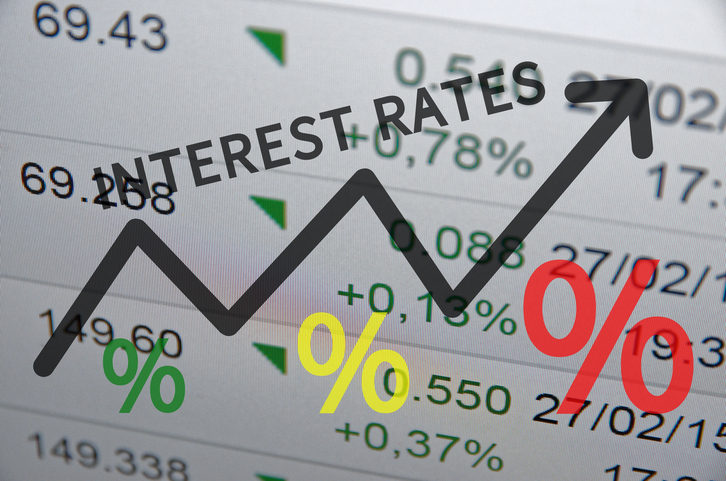Income investors have looked to preferred stock ETFs in their portfolios for a number of reason. For instance, the asset class offers stable dividends, does not come with taxes on qualified dividends for those that fall into the 15% tax bracket or lower, is senior to common stocks in the event liquidation occurs, is less volatile than bonds and provides dividend payments before common shareholders.
If rates rise, the holdings must decline in price to elevate their yield to attractive levels. Furthermore, most preferred stocks are either perpetual or long-dated, which exposes investors to significant interest-rate risk.
However, despite the Fed’s plans to hike interest rates multiple times this year, we may still be in for an extended low-rate environment as many risks could keep a lid on yields and support safe-haven demand for fixed-income assets.
“Income investors have several attractive preferred stock ETFs at their disposal and new entrants are raising the bar even further. However, the real question is how these funds will react to additional upside in interest rates if that is indeed the prevailing trend throughout 2017,” according to ETF Daily News.
Click here to read PowerShares’ 2017 Market Outlook.
